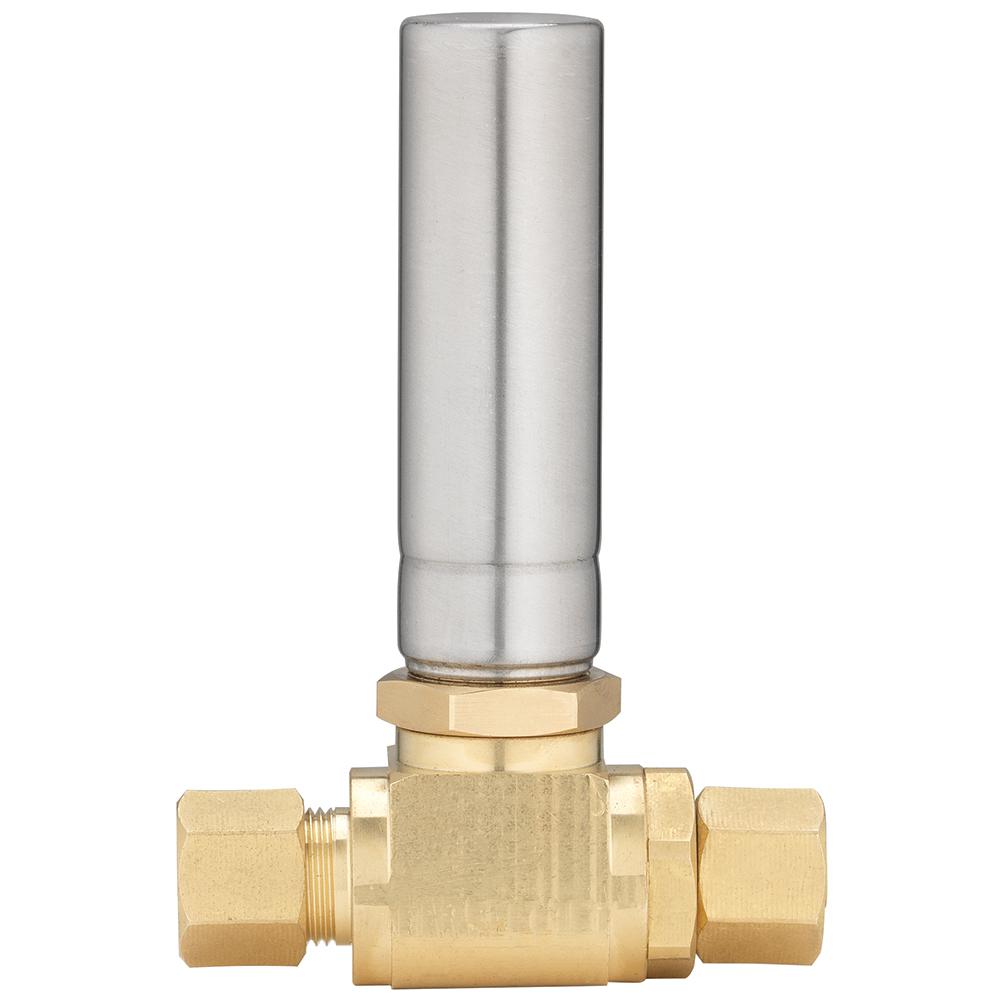Souschef
Thinks s/he gets paid by the post
+100I think it was mentioned earlier, you could have a water hammer problem near that DW.
A nearby faucet or other solenoid valve shutting off/on can cause a high pressure shock wave down the pipe. It would weaken as it goes down the line, so other units would not be affected.
I didn't realize they make them with screw on fittings too, you might not even need a plumber, or need to do any soldering. They come in a variety of configurations, two examples:
https://www.homedepot.com/p/Homewer...rrestor-with-No-Lead-526-4-38-38B-Z/304826664
https://www.homedepot.com/p/Homewer...ater-Hammer-Arrestor-526-1-34-34B-Z/304826698

These have a bladder in them, which is better than the old "solder a vertical stub" approach. The trapped air eventually is absorbed by the water, the bladder prevents that.
I will sometimes get some water hammering at a couple fixtures, and draining the water from the pipes to get air back in those stubs helps, but it's a pain. I might get a couple of these myself.
-ERD50
I had a problem with water hammer when the drip irrigation solenoids opened. I put one with a 3/4 inch thread next to the valves. Problem solved.
